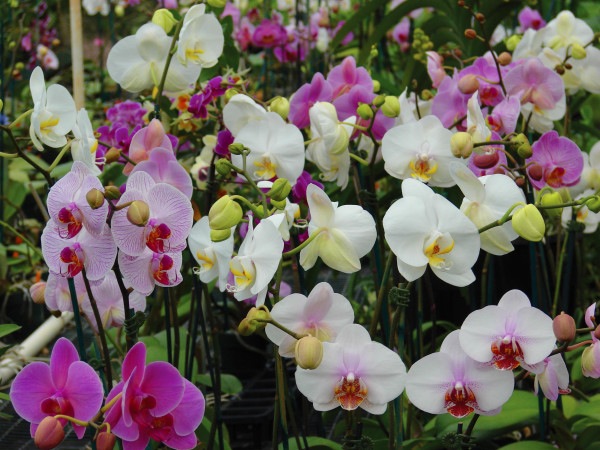Click this link for a PDF version of the newsletter: 2012 MISC Newsletter Kia’i i na Moku o Maui Nui…
Read More
Get Involved!
Grow bananas? Guard against BBTV.
In the spring of 2009, Angela Kepler found a diseased banana plant on her neighbor’s property. “It really freaked us…
Read More
Native plant growers throughout Hawai‘i replace IHOP’s “The Lorax” themed seed bookmarks with native plants
From March 9th, 2012 press release HONOLULU — Hawai‘i theater goers enjoying the new movie, “Dr. Seuss’ The Lorax,” and…
Read More
“Unless someone like you cares a whole awful lot, nothing is going to get better. It’s not.” —the Once-ler from “The Lorax” by Dr. Seuss
In anticipation of “The Lorax” movie opening March 2, a national restaurant chain has been giving away bookmarks with seeds…
Read More
Make National Invasive Species Week Last All Year
National Invasive Species Week is February 26 to March 3 of 2012. While it’s great to pay attention for the…
Read More
Give your loved one the gift of local this Valentine’s Day
Flowers. When it comes to courting your Valentine, you gotta have ’em. Roses may be the standby for the holiday,…
Read More


